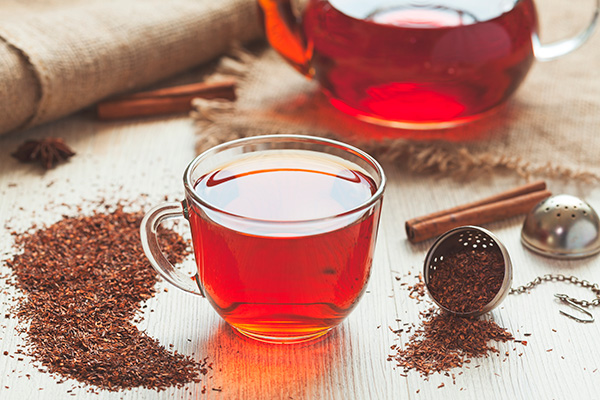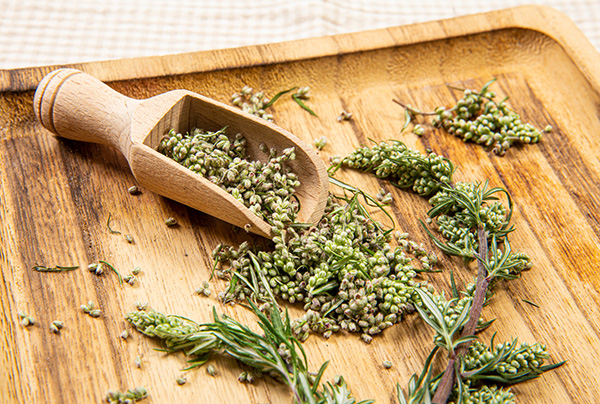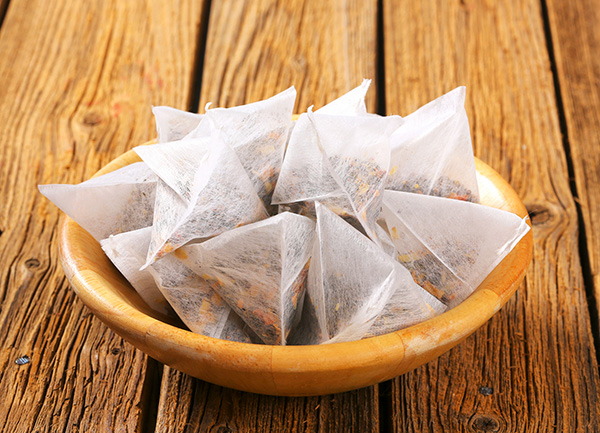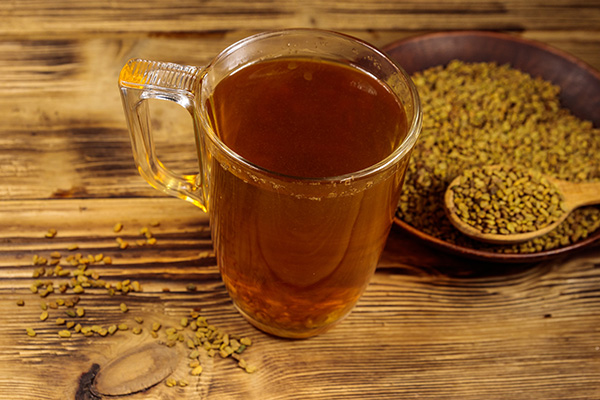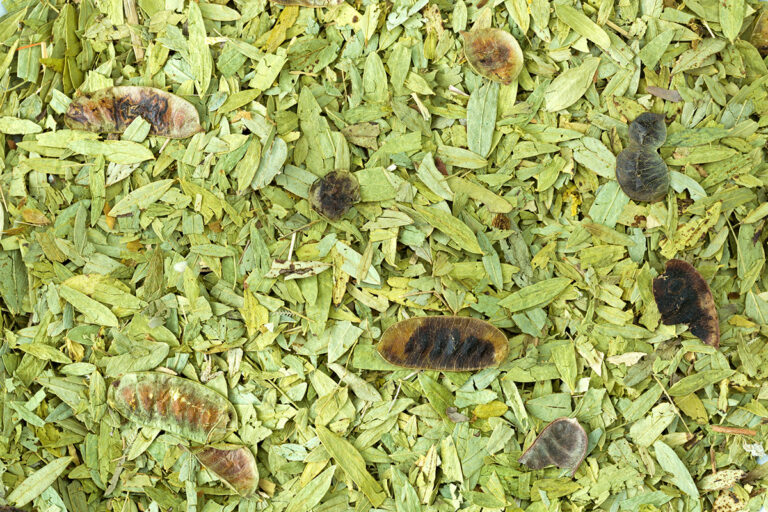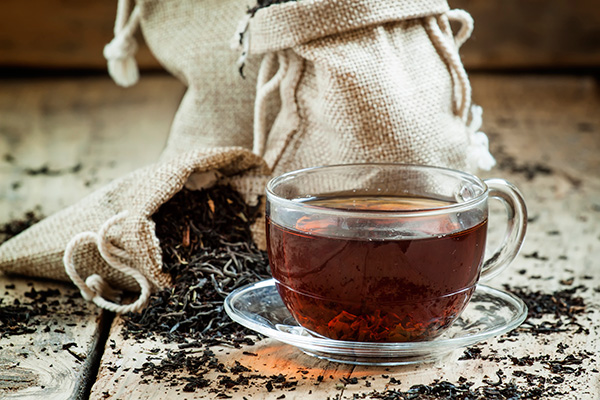Which Plants Like Tea Leaves?
Tea leaves can be an excellent addition to your gardening routine, but not all plants appreciate their benefits.
In this article, we’ll explore which plants enjoy tea leaves, the advantages of using tea on plants, and how to use tea for optimal results.
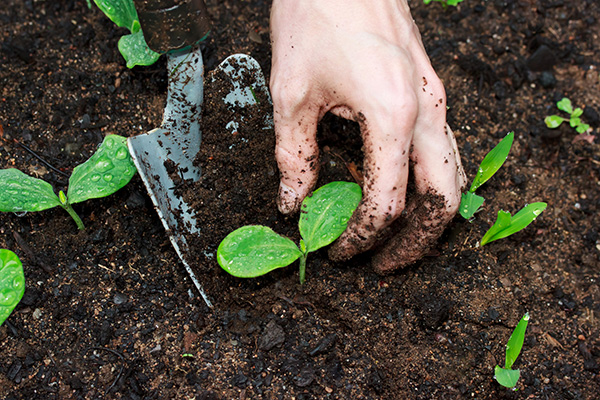
Is Tea Good for Plants?
Tea leaves contain various nutrients, including nitrogen, potassium, and phosphorus, which can enrich the soil and boost plant growth. Additionally, the tannins in tea leaves can help lower the pH of the soil, making it more acidic – a condition that some plants prefer.
Which Plants Like Tea Leaves?
Tea leaves can be a great addition to your garden, but some plants enjoy their benefits more than others.
Let’s take a look at the plants that love tea leaves.
Roses (Rosa spp.)
Roses are known to appreciate the nutrients found in tea leaves. The extra boost of nitrogen can help roses grow healthier and more vibrant blooms.
Ferns (Polypodiopsida)
Ferns thrive in acidic soil, and the tannins in tea leaves can help create this environment. Watering ferns with tea can encourage lush growth and vibrant fronds.
Camellias (Camellia spp.)
Like many other acid-loving plants, Camellias enjoy the benefits of tea leaves. The added nutrients can promote healthier growth and more abundant blooms.
Azaleas (Rhododendron spp.)
The acidic nature of tea leaves benefits azaleas, helping them produce more vibrant and longer-lasting flowers. Tea also provides essential nutrients that can boost azaleas’ overall health.
Hydrangeas (Hydrangea spp.)
Tea leaves can influence the color of hydrangea blooms. The acidity from tea can turn pink blooms blue, while the added nutrients help the plant thrive.
Rhododendrons (Rhododendron spp.)
Rhododendrons are another acid-loving plant that appreciates tea leaves. The nutrients and acidity from tea can encourage vibrant blooms and healthy growth.
Gardenias (Gardenia spp.)
Gardenias enjoy the acidity and nutrients provided by tea leaves. The added nitrogen can promote more vigorous growth and larger, more fragrant flowers.
Blueberries (Vaccinium spp.)
Tea leaves can benefit blueberries by lowering the soil’s pH and providing essential nutrients. This can lead to a more abundant harvest and healthier plants.
Benefits of Using Tea on Plants
Using tea leaves in your garden offers several benefits:
- Nutrient Boost: Tea leaves are rich in nitrogen, potassium, and phosphorus, providing essential nutrients to your plants.
- Improved Soil Structure: Adding tea leaves to your soil can improve its structure, making it more porous and better at retaining moisture.
- Acidification: Tea leaves can lower the pH of your soil, creating a more acidic environment that some plants prefer.
- Pest Deterrent: The caffeine in tea leaves may help deter pests such as slugs and snails.
- Reduced Waste: You can reduce waste and create a more sustainable gardening practice by repurposing used tea leaves.
How to Use Tea on Plants
Using tea leaves in your garden is simple and can be done in several ways. Here are two popular methods:
Watering Your Plants With Tea
Here’s how to water your plants with tea:
- Collect used tea leaves: After enjoying your cup of tea, save the used tea leaves or tea bags. If you don’t have enough tea leaves at once, store them in a container until you have a sufficient amount.
- Steep the tea leaves: Place the used tea leaves or tea bags in a bucket or large container. Fill the container with water and let the tea leaves steep for 24 hours. This process allows the nutrients and tannins from the tea leaves to infuse into the water.
- Strain the tea: After 24 hours, remove the tea leaves or bags from the water. You can strain the liquid through a fine mesh strainer or cheesecloth to ensure no tea leaves remain in the water. Alternatively, you can use the tea leaves in your garden by burying them around your plants.
- Water your plants: Use the tea-infused water to water your plants as you normally would. Be sure to evenly distribute the water around the plant’s base, avoiding the leaves to prevent potential scorching from sun exposure. Monitor your plants for any signs of over-fertilization, such as yellowing leaves, and adjust the frequency of tea watering accordingly.
Watering your plants with tea can be a simple and eco-friendly way to provide essential nutrients while maintaining the moisture levels your plants need to thrive.
Burying Tea Leaves or Bags
Burying tea leaves or bags in your garden is another effective method to provide your plants with essential nutrients and improve soil structure. This method involves placing used tea leaves or bags directly into the soil around your plants, allowing the nutrients to slowly release over time.
Here’s how to bury tea leaves or bags in your garden:
- Collect used tea leaves or bags: Save your used tea leaves or tea bags after enjoying a cup of tea. Ensure that the tea bags are made of biodegradable material, such as paper or fabric, to prevent harm to the environment.
- Dig a small hole: Choose a spot near the base of your plant, but not too close to the main stem. Dig a small hole, about 2-4 inches deep, depending on the size of the plant and the root system.
- Place the tea leaves or bag in the hole: Put the used tea leaves or tea bag into the hole. If you’re using loose tea leaves, consider placing them in a biodegradable bag or wrapping them in a piece of fabric to prevent them from dispersing in the soil.
- Cover the hole with soil: Gently fill the hole with soil, covering the tea leaves or bag completely. This will help keep the nutrients contained and allow them to slowly release into the soil over time.
- Water the area: After burying the tea leaves or bag, water the area to help the nutrients seep into the soil and reach the plant’s roots.
This method slowly releases nutrients into the soil and helps improve its structure.
Final Thoughts
Using tea leaves in your garden can provide numerous benefits to acid-loving plants, such as added nutrients, improved soil structure, and pest deterrence. Incorporating tea into your gardening routine can help your plants thrive and contribute to a more sustainable environment.
FAQ
Is Green Tea Leaves Good for Plants?
Yes, green tea leaves are good for plants. They contain the same nutrients as other tea leaves and can benefit your garden similarly.
How Much Tea Is Good for Plants?
The amount of tea needed for plants depends on the size of the plant and its nutrient requirements. Generally, a handful of tea leaves or one used tea bag per plant is sufficient. Monitor your plants for signs of nutrient deficiencies or excesses and adjust the amount of tea accordingly.
Can You Use Too Many Tea Leaves?
It is possible to use too many tea leaves, which can lead to excess nutrients in the soil and harm your plants. It is essential to monitor your plants for any signs of nutrient imbalances and adjust the amount of tea leaves used accordingly. Start with a small amount and increase gradually if needed.
Are Old Tea Bags Good for Plants?
Yes, old tea bags can be used for plants. The nutrients in the tea may have degraded slightly over time, but they can still provide some benefits to your garden. Ensure the tea bag is made of biodegradable material before burying it in the soil.

